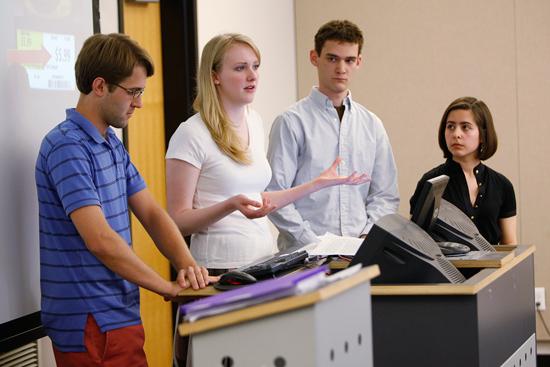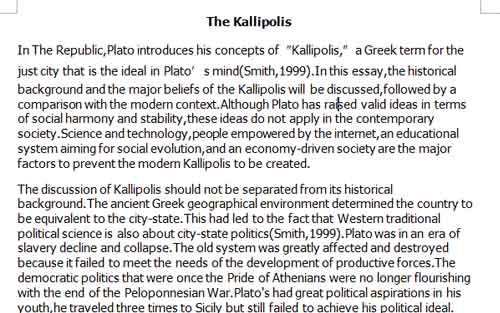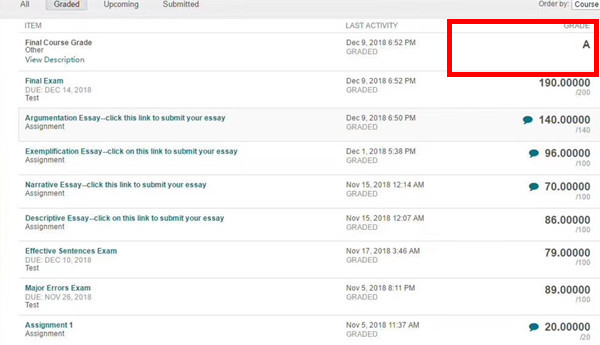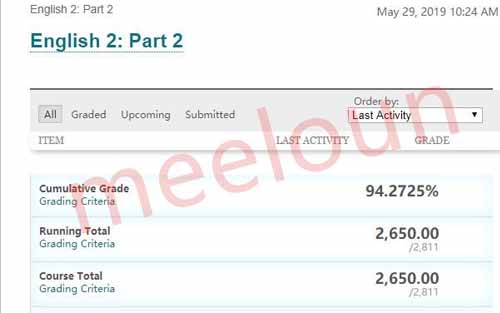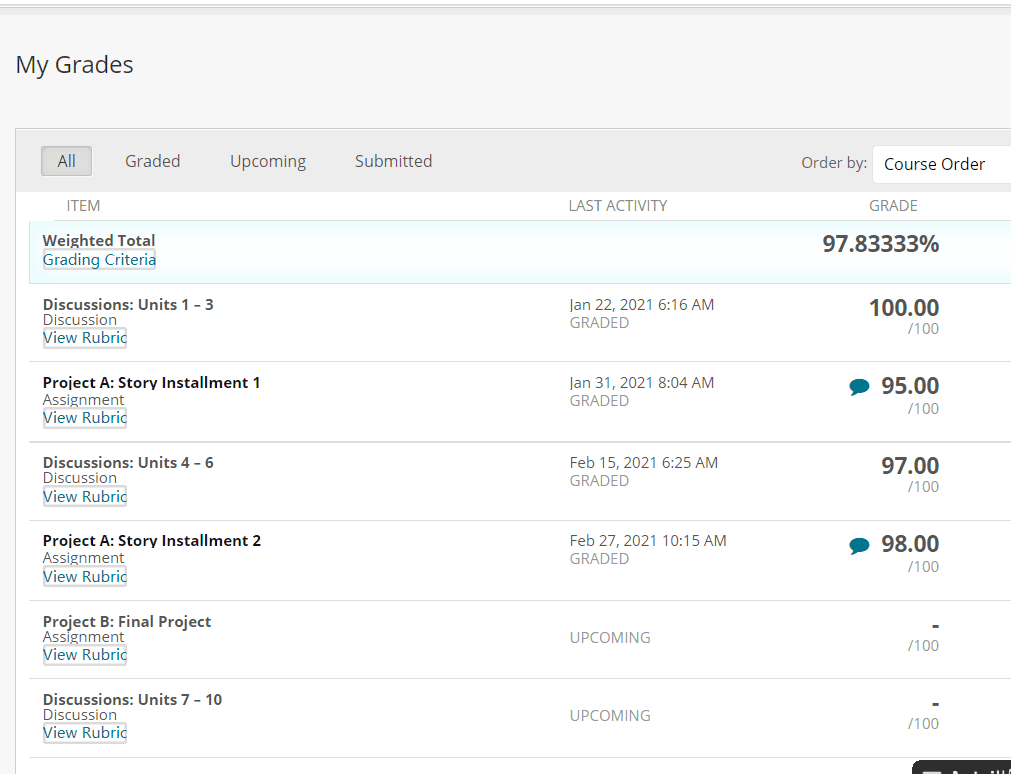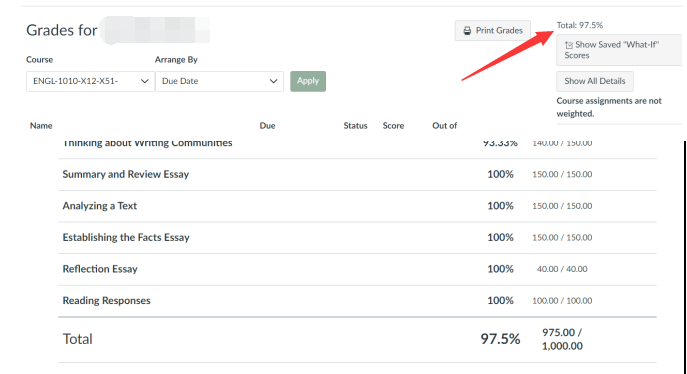过去的几十年,西方的企业管理大师们设计出了多个让商业人士多年来一直津津乐道的企业战略分析体系。其中,最出名的应该有PEST(Politics, Economic, Society, Technology); Porter’s Five Forces(Competitors, New entrants, Power of Suppliers, Power of Customers, Threat of Substitutes)和SWOT分析模型. 这三种分析模型被誉为管理界的三大分析体系,今天的范文我们就要使用这三个模型来分析英国著名的食品连锁品牌Finsbury Food Group。

1. Introduction引言
1.1 Company Background公司背景
Finsbury Food Group, is a leading U.K.-based bakery operator that focuses on building a strong brand image of a fresh and healthy bakery food provider by providing quality bakery food. Finsbury Food Group has made strong progress throughout the years, and became one of the largest bakery operators in the U.K. as its number of retail outlets increased to approximately 1900, and employing some 20,000 employees throughout the country in 2018.
芬斯伯里食品集团是一家领先的英国烘焙店经营者,致力于通过提供优质的烘焙食品来打造一个全新健康的面包店食品供应商的强大品牌形象。芬斯伯里食品集团多年来取得了长足的进步,并成为英国最大的面包店经营者之一,其零售网点数量增加到约1900家,并在全国雇用约20000名员工,占2018。
1.2 Purpose and Significance目的和意义
The purpose of this report is to find out the potential risks and threats to Finsbury Food Group’s development and to identify how Finsbury can sustain and develop its competitive advantage. In this way, this report can help shape Finsbury Food Group’ business strategy by recommending ways to facilitate this business entity further develop its competitive advantage.
本报告旨在找出芬斯伯里食品集团发展的潜在风险和威胁,并确定芬斯伯里如何维持和发展其竞争优势。通过这种方式,本报告可以帮助芬斯伯里食品集团制定经营战略,为该企业进一步发展其竞争优势提供帮助。
1.3 Report Structure
The report will be structured as follows: First of all, the macro-environment and industry in which Finsbury Food Group is operating and competing in are analysed using the PEST and Porter’s Five Forces framework. Next, a SWOT analysis is used to analyse as its competitive position. Finally, recommendations of how Finsbury Food Group can maintain and develop its competitive advantage are provided.

2.Macro-environment Analysis: PEST Framework PEST分析模型
2.1 Politics
Finsbury Food Group is most subjected to be influenced by political factors, such as laws and taxes, due to the location of its operations. For example, in 2012, a tax is introduced to charge 20% VAT on freshly baked goods, which significantly affected Finsbury’s business performance, as more than one-third of its sales are based on the sales of freshly baked goods. After the announcement of the new tax, the share price of Finsbury Food Group took a nose dive and drop almost 15% of its market value (Neate,2012).
2.2 Economic
Finsbury Food Group may also be influenced by various economic factors of the U.K. or the countries where Finsbury Food Group procure its food ingredients from. In 2017, due to the significant rise in the price of food ingredients, Finsbury has increased the price of some of its products, namely that of its sausage rolls and its premium breakfast deal, by 5p (6%) to 90p each and by 25p to 2.25 pounds respectively. This price increase has caused large amounts of complain by its customers, as the basic principleof Finsbury is to sell affordable food instead of gaining high profit margins.
2.3 Society
Social factors,such as changes in the demographics, attitudes and size of populations, are also likely to influence Finsbury Food Group. As a greater amount of the British population are more conscious of factors of corporate social responsibilities when making purchasing decisions (Proudlock, 2017).
Firms that are exposed to carry out unethical practices have suffered from a damage of brand reputation, and were also boycotted by consumers, which negatively affected their business performances (Landrum, 201).
To address this problem, Finsbury Food Group has been actively participating in activities that promote social responsibilities by sourcing supplies from fair trade products and donating unsold food to a range of charities. In fact, the amount of unsold food being donated has increased by 45% in 2017 compared to the previous year (Finsbury Food Group, 2018).
2.4 Technology
Technological changes in the macro-environment can pose both positive and negative influences to a firm (Gharabegian, 2017). On one hand, it has enable Finsbury to develop its own competitive advantage by either lowering its cost or improving its production efficiency.
For example, through the development of the application, Success Factors, which can train Finsbury’s employees whenever they are available, Finsbury Food Group has greatly reduced the cost of human resource training by enhancing the effectiveness and efficiency in training.
On the other hand, the rapid development of technology can also affect Finsbury Food Group by changing customers’ behaviours and enhancing the competitive advantages of its competitors. It is largely concerned that the recent rise of online shopping will lead to a decline of shoppers in high streets, thus affecting shops that dependon passing traffic (KPMG, 2017).
As shoppers would be able to purchase groceries and baked goods from online platforms, such as Tesco, and have the products delivered to them, this change in shopping habit of customers could significantly affect the sales of Finsbury Food Group. In fact, this negative factor has already led to a profit warning which contributed to a 15% decrease in its share price (Evans, 2018).

3. Industry Analysis: Porter’s Five Forces Framework波特五力分析
3.1 Rivalries
Although Finsbury Food Group is currently the largest bakery company based on the number of its stores, it is facing increasing pressure from its main competitor, Costa, which has the fastest growth rate in the UK craft bakery market.
Other than existing bakery operators, such as Subway, Costa and traditional local bakeries, Finsbury is also facing ever-increasing pressure from supermarkets like Tesco and Sainsbury that also sell a wide range of bakery food online and offline at a relatively low price, as they can take advantage of their economies of scale. Therefore, there is a high level of competition among existing firms in the bakery industry.
3.2 Threat of Potential New Entrants
Barriers to entry are obstacles that new entrants need to overcome in order to enter a market and compete with other firms successfully (Johnson et al, 2009). The barrier to entry of the bakery market is relatively low. Firstly, the legal barrier to entry is low, as it is not difficult for new entrants to gain a licence for selling food in the U.K.
Secondly, the start-up cost is also relatively low, as one would not need expensive infrastructure to produce baked food. Then, no technological requirements are required in order to compete in the industry. Moreover, there is little product differentiation in the nature of baked goods, as the only difference would be the taste of food, which is also easy to imitate at a low cost.
However, since Finsbury Food Group owns its own supply chain system, its large economies of scale could mean that it would be difficult for new entrants to obtain a large market share in the short-run. Nevertheless, threats from large food firms still exist, as they can open subsidiaries to enter the market (e.g. KFC can imitate McDonalds to open subsidiaries like McCafe). Therefore, the threat of potential new entrants is relatively high.
3.3 Threat of Substitutes
Due to the low switching cost in the food industry, Consumers have high switching power in the bakery market. Since Finsbury produces traditional bakery goods, which its recipes are widely known or can be found online easily, this suggests that anyone can produce substitutes of Finsbury Food Group’s products easily at a low cost. Moreover, in the age of globalization, consumers are also increasingly willing to try bakery foods of other cultures. Therefore, Finsbury Food Group must undertake corresponding measures to face the high-level threat of substitutes.
3.4 Bargaining Power of Buyers
With an increasingly acute perception of price, customers are spending less of their disposable income in recent years (Trading Economics, 2013). Due to the high threat of substitutes, together with technological developments, consumers can compare prices of different products easily. This situation is further worsened by the economic downturn, which made customers to be even more sensitive to changes in price. Then, the bargaining power of buyers is high.
3.5 Bargaining Power of Suppliers
Since Finsbury Food Group is solely responsible for the manufacturing of its baking products, and it owns its supply chains, there is a relatively low bargaining power of suppliers. This means that Finsbury would only need to rely on the producers of the food ingredients in their supply chain, who are also operating in a highly competitive market. Therefore, Finsbury Food Group is facing a relatively low bargaining power of suppliers.

4. SWOT Analysis SWOT分析
4.1 Strength
Finsbury Food Group has a diverse range of resources that greatly adds to its strength. Firstly, it has strong distribution network (over 1900 branches nationwide) that enables Finsbury to reach most of its potential customers. Also, it has a strong free cash flow that enables Finsbury Food Group to expand or develop new projects.
Then, it has adapted new technologies and is constantly investing in research and development projects to improve their productive efficiency. For example, Finsbury has invested in the development of the SAP IS-Retail technology, which enabled the company to forecast stock amount and replenishment more effectively.
Finsbury Food Group's investment in its training programs, the Success Factor, has also enabled them to develop large number of skilled employees more effectively (Rossi, 2017). Then, Finsbury Food Group has also successfully built a strong reputation of a healthy and fresh bakery food provider, which has gained customer loyalty over the years (Finsbury Food Group, 2018b).
4.2 Weaknesses
However, Finsbury Food Group also has a number of weaknesses that limits its growth. For instance, Finsbury has a limited product range, as it only provides eleven types of traditional British baked goods, namely that of sausage rolls, pizzas, bakes and pasties (Finsbury Food Group, 2018c).
Consumers may feel bored of Finsbury Food Group due to the limited product range, and could choose to switch to other companies that provide a larger range of choices. Then, since Finsbury Food Group only focuses on its core business, which is to provide British baked goods, Finsbury also lacks expertise in international market, as seen from its previous attempt of expanding into Belgium.
4.3 Opportunities
In the age of globalisation and digitalisation, Finsbury Food Group is also facing several opportunities of development. First, as consumers are expected to shop more online, Finsbury can invest in the online channel, selling its goods online and utilise its existing delivery system, which is also developing continuously, to reach more customers.
Then, Finsbury Food Group can also diversify its products to reach new markets. For example, it can introduce different baked goods, such as pretzels from Germany and brown sugar pie from Belgium, that are popular internationally to help them enter new markets and attract more customers, as customers are becoming increasingly willing to try foods from other countries.
4.4 Threats
It is also important to note that Finsbury Food Group may be subjected to a number of threats in its development. Due to the relatively low barrier to entry in the bakery food market, it is possible that low cost foreign competitors may emerge, and Finsbury Food Group's competitors can easily provide substitutes of Finsbury's products at a low cost.
Then, the changing consumer purchasing behaviour from online channels may also be a threat to Finsbury Food Group, due to its reliance on the sales of physical stores. Furthermore, the growth of the bakery market is saturated and has entered a stage of decline, as seen in its decreasing sales volume. Therefore, it is vital for Finsbury Food Group to explore new markets.
5. Conclusions and Recommendations
Overall, Finsbury Food Group has the competitive advantage of cost advantage and differentiation advantage, as it utilised its economies of scale to keep its production costs low and to sell its products at a lower price. This company also established a strong brand reputation of providing healthy, fresh baked goods at an affordable price while contributing to the society.
However, i iscurrently facing the risks of being overtaken by other large food companies, as their goods can be imitated at a low cost. It is also facing threats of shrinking market shares due to the increasing popularity of online shopping. Therefore, it is essential for Finsbury Food Group to develop strategies to further develop its competitive advantage in the future.
It is suggested that Finsbury can propel its development in two main ways. First, Finsbury Food Group should develop and diversify product ranges to attract more customers, which could also enable it to emerge into international markets in the future, thus increasing its economies of scale even further.
A global strategy would enable Finsbury Food Group to access global scales in its operations and replicate its knowledge of different markets, and access to cheaper labour and technological resources (Grant & Jordan, 2015). Then, it should also develop its online channel to enable customers to order and purchase its baked goods via an app or other online channels, and have these goods being delivered to them via its existing delivery channel.
It can also cooperate with other large supermarkets or onlinechannels, such as Tesco, to test the demand of its products online in the short run. In this way, Finsbury Food Group would be able to overcome the problems of changing consumer behaviour. However, it is worth to note that successfully implement these strategic decisions could be cost to Finsbury and that strategic change will only occur if people change their mental models (Nutt, 2002).
For example, Finsbury Food Group may meet new political or legal challenges when entering foreign markets or adapting the online model. Therefore, these plans should be implemented with meticulous planning, careful execution and constant review to prevent these strategies being led astray by various unexpected challenges.
今天的范文我们为大家介绍了管理学上大名鼎鼎的三大战略分析模型,PEST,Porter’s Five Forces ,和SWOT。鉴于篇幅的关系,我们没有对这三个模型展开非常详细的分析,但在今后在范文中我们会选取更加著名的跨国企业作为标的分别进行更加深入的分析,希望能够帮到有需要的同学们。



